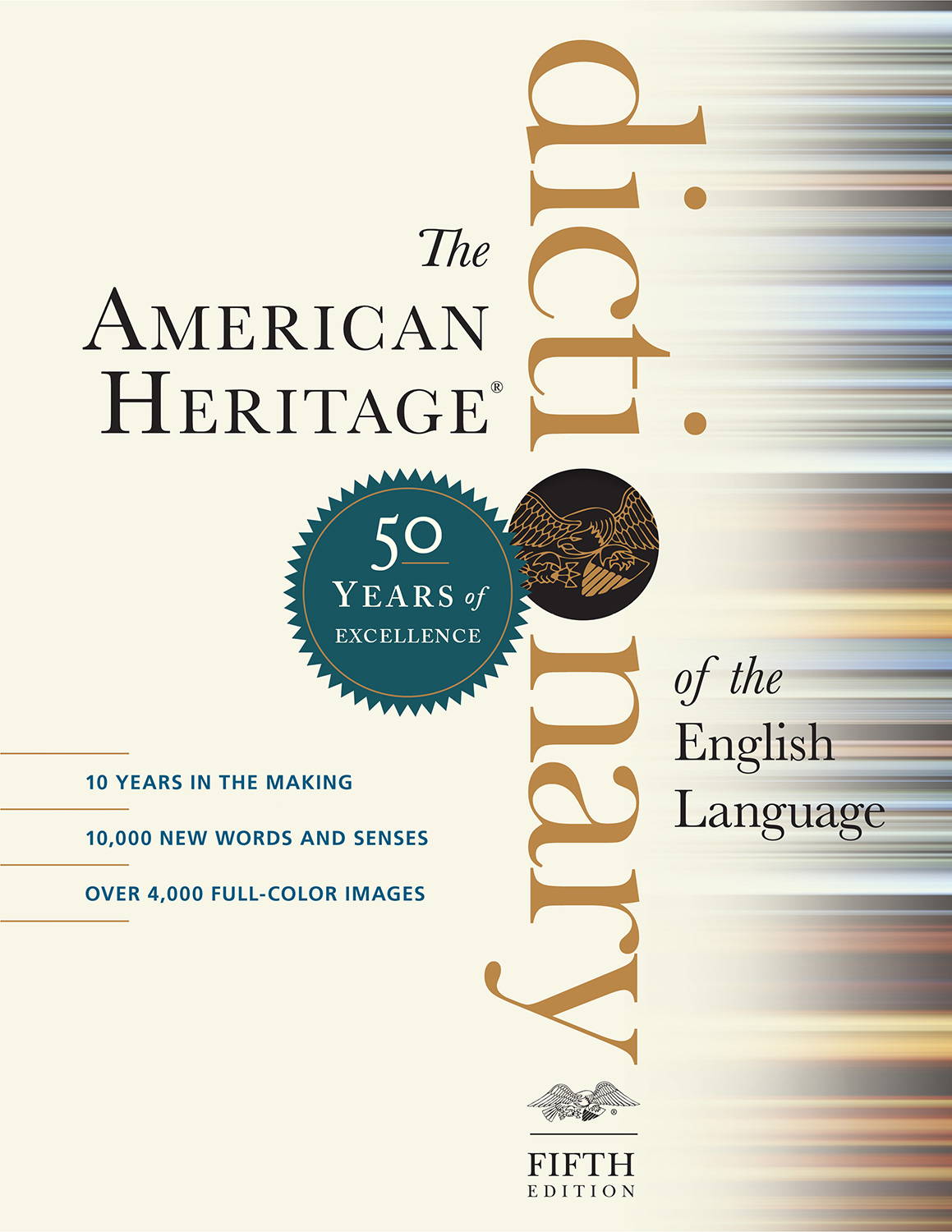n. 1. often Paternoster The Lord's Prayer. 2. One of the large beads on a rosary on which the Lord's Prayer is said. 3. A sequence of words spoken as a prayer or a magic formula. 4. A weighted fishing line having several jointed attachments for hooks connected by beadlike swivels. 5. An elevator constructed of a series of doorless compartments hung on chains that move slowly and continuously, allowing passengers to step on and off at will. [Middle English, from Old English, from Late Latin : Latin pater, father; see PATER + Latin noster, our; see nes-2 in the Appendix of Indo-European roots.] |
The American Heritage® Dictionary of the English Language, Fifth Edition copyright ©2022 by HarperCollins Publishers. All rights reserved.







